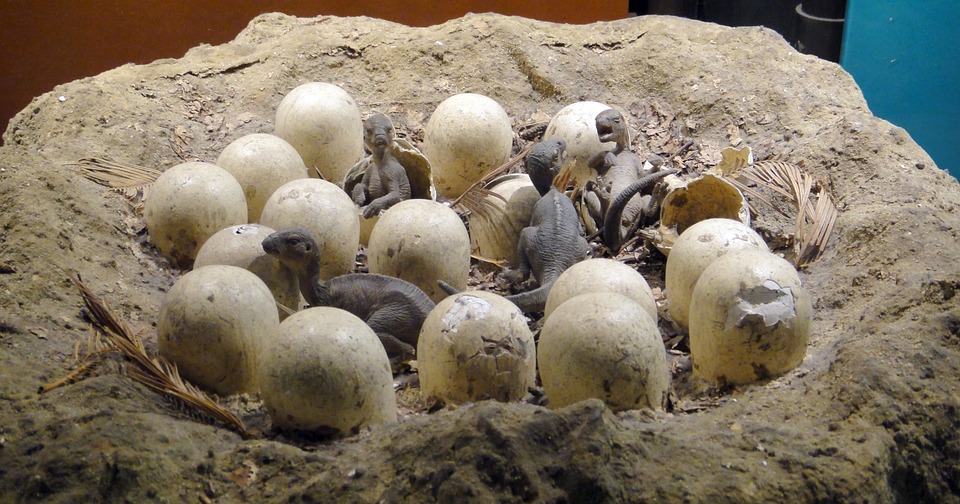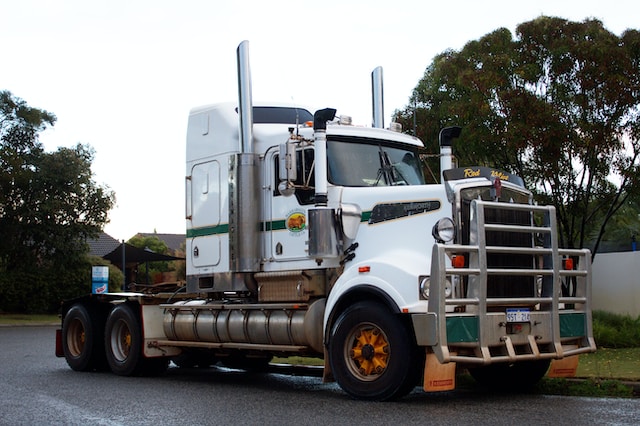The United States has a large portion of its gold reserves stored in the vault at Fort Knox Bullion Depository, a fortified vault building adjacent to Fort Knox, Kentucky with the remainder split between the Philadelphia, Denver, West Point, and San Francisco Mints. Gold is not removed except for regularly scheduled audits. Domestic production of gold in the United States has been about 1 to 1.5 million ounces annually. This brings the cumulative total of US gold production to 363,000,000 troy ounces since 1792. A troy gold bar weighs 27.4 lbs or 12 kg.
In 1933, Pres. Roosevelt outlawed the private ownership of gold coins, de Leon and certificates by American citizens, forcing them to sell to the Federal Reserve. The Fort Knox gold vault was completed in 1936, at a cost of $1 million or the equivalent of $10 million today.
Building Fort Knox Gold Depository
Fort Knox was built using 17,000 ft.³ of granite, 4,500 yd.³ of concrete, 775 tons of reinforcing steel and 700 tons of structural steel.
The facility is surrounded by fences and guarded by the United States Mint Police. Fort Knox is a US Army post of 30,000 soldiers and surrounds the depository and provides an extra level of security to the facility. The vault door and emergency door are both 21 inches thick and made of the latest torch and drill resistant metals.
In addition to the many layers of physical security. There are alarms, video cameras, minefields, barbed razor wire, electric fences, closed circuit cameras, heavily armed guards and army units. There are also Apache helicopter gunships on-site and at nearby Godman Army Airfield. Visitors are not allowed at the facility.
About 3.5 to 4 million troy ounces per year are consumed in the United States for jewelry and industrial machines. The price of gold in 1934 was about $20 and rose to between $320 to $450 per troy ounce in 1980. The current price is more than $1,200 per ounce.
Fort Knox Has Protected More Than Gold
During World War II Fort Knox held the US Declaration of Independence and the U.S. Constitution as well as reserves of European countries and key documents from Western history. The crown of St. Stephen and some of the Hungarian crown jewels were also held at Fort Knox.






